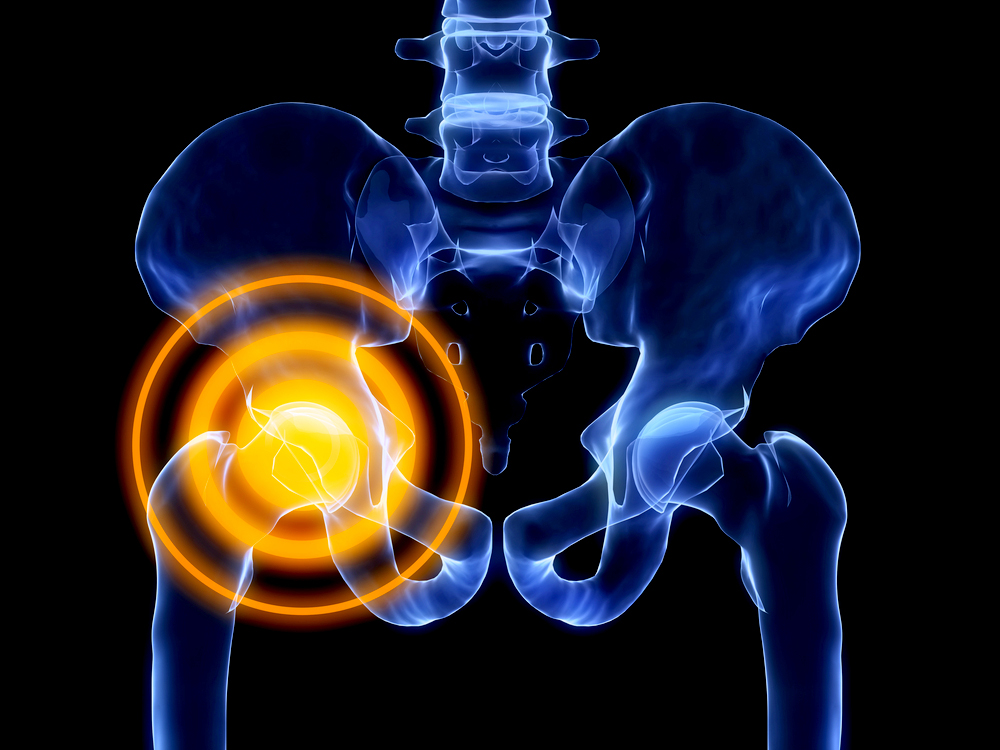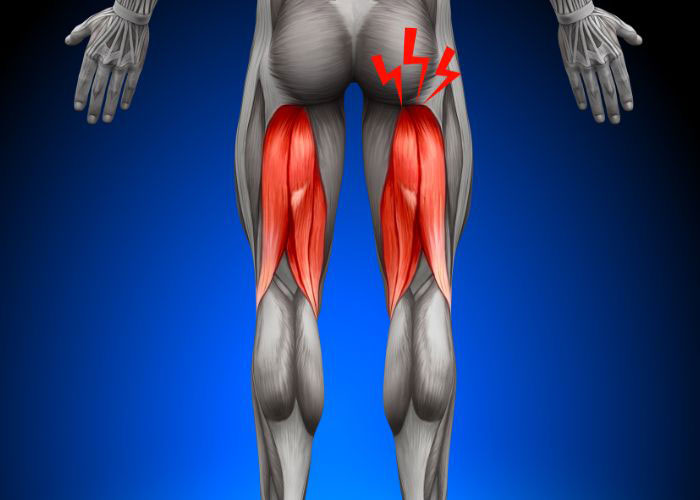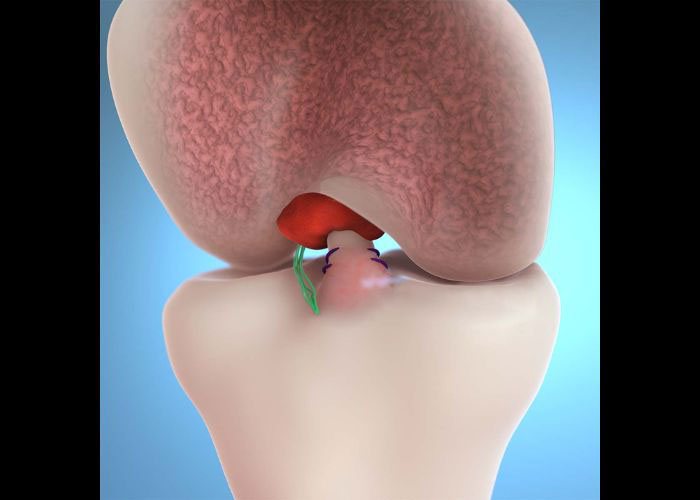What is subspine impingement?
Along the outside border of the ilium wing (upper pelvis) is a bony prominence known as the anterior-inferior iliac spine (AIIS). This bony eminence serves as the attachment site for the rectus femoris muscle and the iliofemoral ligament. Because of its location to the proximal femur (thigh bone), the AIIS is classified as extra-articular (outside of the joint). Some individuals can develop subspine impingement if there is abnormal contact between the neck of the femur and the AIIS. This condition has been found to occur with and without the presence of femoroacetabular impingement (FAI). Individuals that perform repetitive or extreme hip flexion movements are more likely to experience subspine impingement. This hip condition is also more prevalent among males under the age of 30. Dr. Ronak Mukesh Patel, orthopedic hip specialist serving patients in Sugar Land, Pearland, and the Houston, Texas area, has the knowledge and understanding as well as substantial experience in treating patients who have experienced subspine impingement.

Are there different types of subspine impingement?
There are three different types of subspine impingement. Each type is categorized by the shape and location of the bony growth or process. Type II and Type III are more likely to affect hip flexion and cause more severe symptoms. These can be diagnosed with an xray, MRI, and/or CT scan.
- Type I: The surface of the ilium is normal and smooth and there are no bony processes found between the rim of the socket and the subspine.
- Type II: Bony processes or growths can be found along the lower portion of the subspine extending toward the rim of the socket.
- Type III: There is a downward spur-like appearance of the subspine from a bony process that extends below the rim of the socket.
What are the symptoms of subspine impingement?
Patients with subspine impingement often complain of anterior hip or groin pain that worsens with prolonged hip flexion. Other common symptoms of subspine impingement can include:
- Pain in the hip around the front, groin, or side area
- Hip tightness or stiffness
- A “locking” or “clicking” sound with hip movement
- Limited range of motion of the hip
- Pain with walking or running
- Pain with sitting
- Inflammation of the joint lining (synovial membrane)
- Feeling unsteady on one’s feet or hip giving out
How is subspine impingement diagnosed?
An interview with Dr. Patel will be conducted to obtain a comprehensive medical history with a focus on any prior hip injuries or hip conditions. A thorough physical examination will follow to evaluate hip pain and tenderness and measure the hip’s range of motion. Diagnostic imaging studies, such as x-rays, magnetic resonance imaging (MRI), computed tomography (CT) scan, can identify any subspine bony growths as well as assess any damage to the extra-articular structures.
What is the treatment for subspine impingement?
Non-surgical treatment:
Patients with mild symptoms of subspine impingement are likely to respond well to non-surgical treatment measures. Physical activities, particularly those that aggravate symptoms, should be modified or avoided. The combination of rest and non-steroidal anti-inflammatory medications (NSAIDs) can manage the pain and inflammation associated with this condition. Attending a physical therapy program, when appropriate, that is focused on hip strengthening and improving range of motion is strongly encouraged. Occasionally, a hip injection with steroid, platelet-rich plasma (PRP), or stem cells may be necessary.
Surgical treatment:
However, surgical intervention may be needed if the subspine impingement symptoms fail to improve with non-surgical therapies. A minimally invasive procedure known as subspine decompression is performed with a small camera (arthroscope) and specialized surgical instruments. Dr. Patel may implement one or more repair techniques to accomplish all of the necessary revisions:
- Debridement: Irregularities such as bone spurs or inflamed tissue are removed from the hip joint.
- Resurfacing: If a bony eminence is identified, a specialized motor shaver is utilized to smooth the surface of the bone.
- Avulsion Fracture Removal: A piece of bone from the subspine can break off in the event of a severe hip injury. This bony fragment is removed, and the resulting muscle and tendon damage is repaired.
- Femoroplasty: This procedure is reserved for patients that experience subspine impingement in the presence of femoroacetabular impingement (FAI). The hip joint is reconstructed to facilitate painless joint movement and return full function and range of motion to the hip.
- Labral repair: This procedure is necessary if there is damage or a tear of the labrum.
Subspine Impingement Specialist

Do you have hip pain, inflammation, or limited range of motion in your hip? If so, you may have a hip condition called subspine impingement, or SSI. SSI can occur with or without femoroacetabular impingement and is caused by the abnormal contact between the anterior-inferior iliac spine and the femur. Doctor Doctor Ronak Mukesh Patel, provides diagnosis as well as surgical and nonsurgical treatment options for patients in Houston, Sugar Land, and Pearland, TX who are experiencing symptoms of subspine impingement, or SSI. Contact Dr. Patel’s team today!








